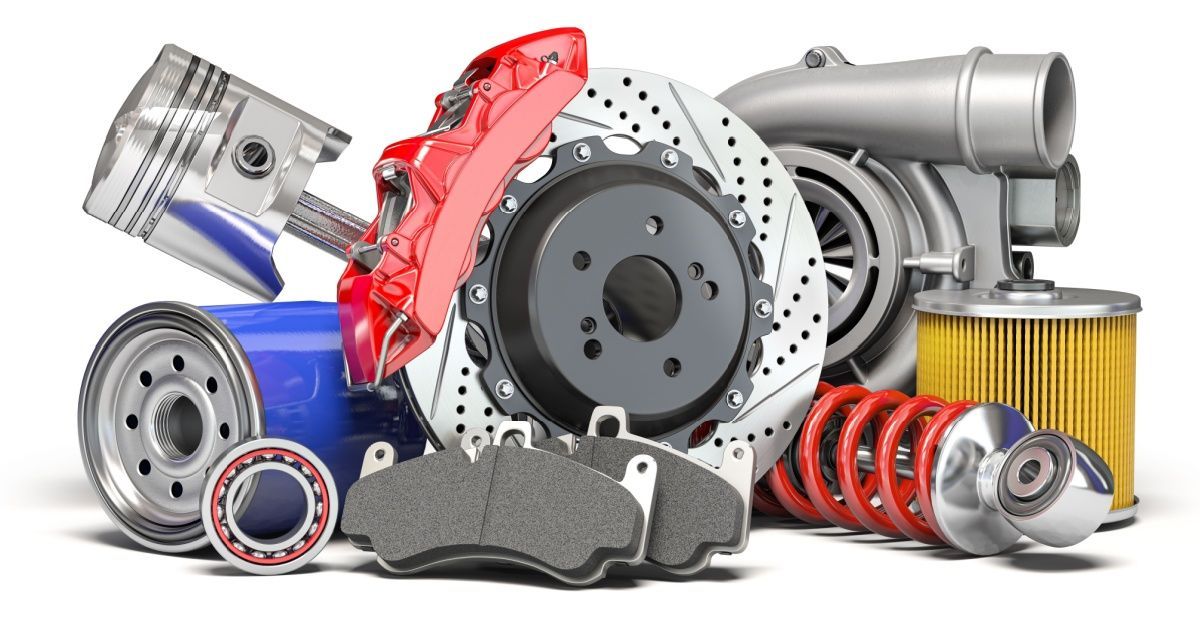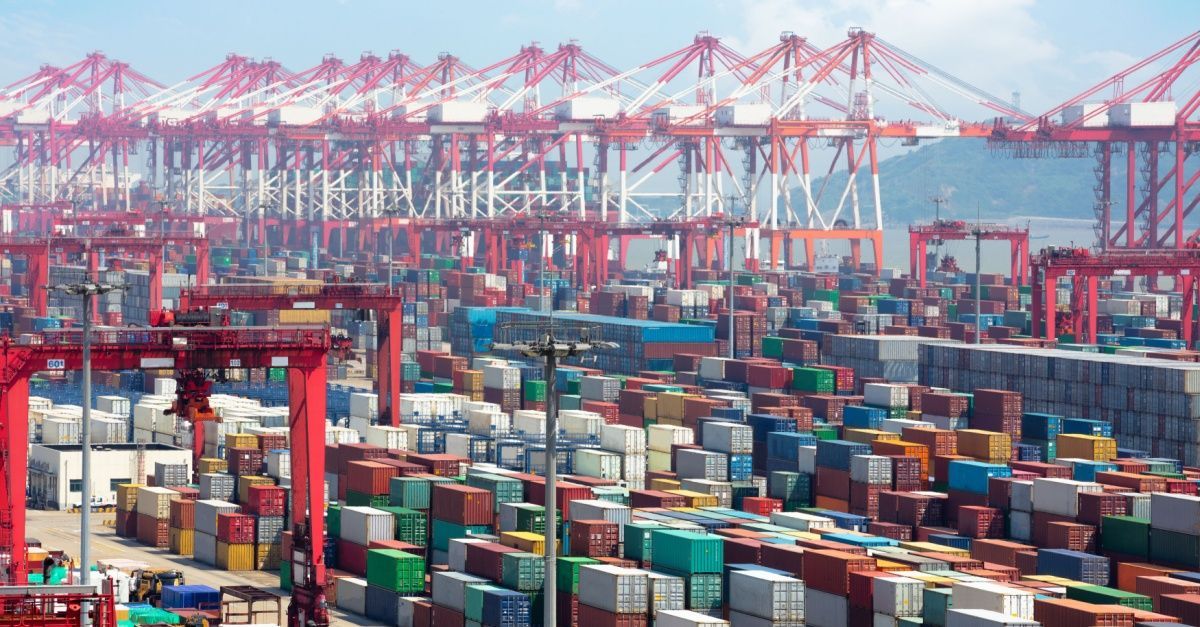How to Calculate Fill Rates & The Role of OTIF for Improvement
Blog Post CTA
How to Calculate Fill Rates & The Role of OTIF for Improvement
There are many measures of success in logistics and supply chain, but one of the most important factors for shippers is on-time-in-full, or OTIF. This industry metric is used like a report card to analyze whether loads that get delivered are accurate according to the right quantity of the load and on-time when its supposed to get there.
OTIF’s are usually tied to company performance and consumer satisfaction, but questions remain about how to quantify this benchmark.
This article will explore the importance of OTIF’s in the logistics industry. It will describe what in-full or fill rates are, how to record them, and how they relate to overall freight performance.
Consumer demand for short delivery windows is shaping today’s logistics industry making it crucial for shippers and transportation providers to obtain high OTIF scores.. Companies must be able to deliver timely and accurate shipments. Read on to learn how fill rates contribute to healthy OTIF scores, and how you can bolster yours.
What Is Fill Rate, and How Do You Calculate It?
A fill rate is a measure of order fulfillment that’s often
used to forecast inventory needs. It’s defined as the percentage of customer orders you can meet immediately with available stock.
A high fill rate means a higher ability to fulfill sales without backorders, lost sales, or stockouts. In contrast, a low fill rate could suggest there’s not enough stock on hand, or that it lacks organization.
Types of Fill Rates
Order Fill Rate
Order fill rate is the percentage of orders that have been completely fulfilled without running out of inventory.
Warehouse Fill Rate
The warehouse fill rate is similar to the order fill rate, but applied specifically to warehouse efficiency. It measures the proportion of orders that a warehouse is able to fulfill out of the total number of customer orders.
Line Fill Rate
Line fill rate is the percentage of individual lines in an order that are fulfilled, versus the total order.
Case Fill Rate
The case fill rate refers to the initial number of product cases that are shipped, out of the total number of cases ordered.
Vendor Fill Rate
Finally, the vendor fill rate assesses how many vendors have completed order shipments as a percentage of all vendors.
How is Fill Rate Calculated?
To determine the fill rate formula, divide the number of orders that have been shipped by the total number of orders received. Multiply that number by 100, and you’ve got your fill rate. Here’s the calculation, in equation format:
Fill Rate = (Shipped Orders/Total Number of Orders) x 100
For example, if you were to receive 100 orders, and fulfill 85 of them, the calculation would look like this:
(85/100) x 100 = 85%
In that situation, you would have an 85% fill rate.
Why Calculate Fill Rates?
Fill rates provide insights into your inventory management process that could go unnoticed initially through a manual audit. And a low fill rate can point to areas for improvement in your supply chain. There are a few factors that affect fill rate. Long lead times from a supplier, for example, can lower it.
Fill rates can also tell you whether stock is ordered at appropriate intervals and accurately, known as “reorder points” in the logistics industry. If workers are required to recount, repack, or wait for items to be ready, order fulfillment will be delayed and the fill rate will decrease.
What is Considered a Good Fill Rate?
Ideally, you want your fill rate to be as close to 100% as possible. A lower number indicates inefficiencies leading to stockouts, backorders, or lost sales. But beware of a fill rate above 100%, which suggests that orders are too frequent for the volume of sales.
Order Fill Rate Vs. Volume Fill Rate
There are two ways of assessing fill rates. Remember our fill rate formula above? Companies can calculate it using orders or using volumes. Let’s start with the order fill rate. For this calculation, it doesn’t matter if an order consists of one unit or twenty. Each order is counted as one unit, and the fill rate is calculated based on,the number of orders placed.
Then there’s the volume fill rate whichis calculated using the number of units in each order. For instance, say Customer A orders one unit, and Customer B orders 20 units, and your company has 10 units in stock. In that situation, you might send one unit to Customer A, but hold off on Customer B’s order until more inventory comes in. In this situation, you would have filled 50% of your customer’s orders. But you would only ship one out of 21 units, bringing your volume fill rate to a dismal 4.7%.
Which Fill Rate Should I Choose?
Either order fill rate or volume fill rate can provide important insights. The order fill rate tells companies how many customers they are sending orders to over time, while the volume fill rate summarizes how closely inventory levels match customer demand.
How To Increase Order Fill Rates
Order fill rates can be
improved by forecasting customer demand, recalculating reorder points, or by using technology, like a warehouse management system to track inventory. (Or by hiring a vendor who has these capabilities.)
The Role of Fill Rates for OTIF
A fill rate makes one half of the OTIF, or On Time In Full metric.
What Is OTIF?
OTIF measures a supplier’s ability to deliver precise orders, within an agreed upon timeframe. It was developed by Walmart in 2017 to evaluate supplier performance. Ultimately, OTIF is considered a measure of success - whether a supplier delivers a correct order, to the correct location, at the correct time. Shippers want to improve their
OTIF performance and how these
metrics will improve their supply chain.
How Is OTIF Calculated?
At first glance, OTIF calculations would seem pretty simple. “On time” refers to on time delivery, and “in full” means the number of delivered units matches the number of ordered units. However, there is no single measurement for it, and most companies calculate OTIF in slightly different ways.
The Benefits of Improved, Proactive Fill Rate Calculations
The benefits of tracking fill rates are
myriad - historical data can help track service levels, improve performance and relationships, and lower costs.
KPI Service Calculations and Formulas
There are a few
KPIs related to fill rate that are important to know. We’ll outline each one here:
- Delivery in Full: This is the percentage of shipped orders out of the total number of orders.
- Delivery on Quality: The number of non-compliant products out of the total number of products ordered.
- Delivery on Time: The number of products delivered on time out of the total number of products ordered.
Taken together, these metrics can be used to create an OTIF calculation.
Service Level Measures in Supply Chain
The next decision to make is how to
measure these metrics. Usually, the “right” answer will differ from one company to the next.
- Partial Credit: If a company ships 95% of an order, will that count as a 95% success rate, or is it one incorrect delivery?
- On Time Delivery: Sometimes there are reasons to change a delivery date that have nothing to do with service levels. For that reason, some businesses use an adjusted date of delivery in addition to an original date.
- What Constitutes a Unit: Most companies supply products at a range of prices. But what do you do if a few higher end items are late in a delivery, but the lower end items are not? Standardizing a unit of measure can help account for these differences.
- When to Calculate On Time Delivery: Should you count orders once they have shipped, or once they have arrived at the customer’s location, damage-free?
Improve OTIF with the Right Partner
OTIF is a heavyweight metric in the shipping world. If you’re looking to improve OTIF compliance, boosting fill rates is going to be an important first step. It’s critical to partner with a company who understands what this entails.
Contact Entourage Freight Solutions to find out how you can improve your fill rate today.









